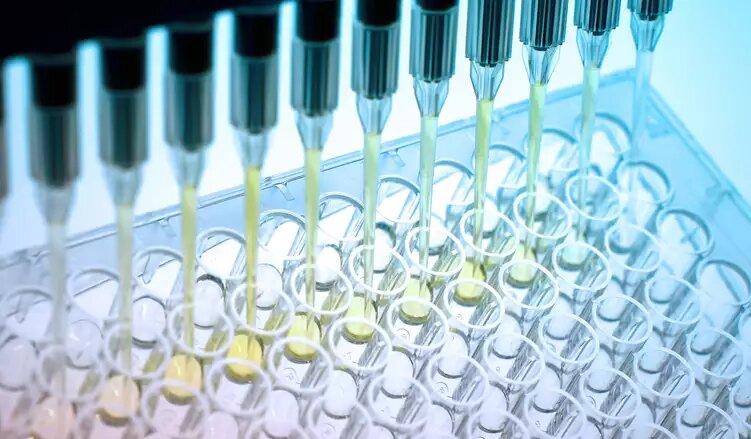Researchers at the Max Planck Institute for Terrestrial Microbiology have developed new synthetic metabolic pathways that can turn carbon dioxide into a valuable material for the biochemical industry. The process uses formic acid, which is produced through artificial photosynthesis, to create highly reactive formaldehyde. Formaldehyde can then be fed into metabolic pathways to produce other valuable substances without any toxic effects.
Carbon capture and sequestration of carbon dioxide from large emission sources is an urgent issue due to rising greenhouse gas emissions. Nature’s capacity for carbon dioxide assimilation is far from sufficient to compensate for man-made emissions. The new process developed by the researchers could not only reduce carbon dioxide emissions but also replace conventional chemical manufacturing processes for pharmaceuticals and active ingredients with carbon-neutral, biological processes.
The researchers used nature’s toolbox to develop new ways of carbon dioxide fixation. They discovered an artificial metabolic pathway that produces formaldehyde from formic acid, which can be provided by direct sunlight or electricity. The carbon source is variable and all monocarbons come into question, including carbon monoxide, formic acid, formaldehyde, methanol, and methane. However, almost all of these substances are highly toxic to either living organisms or the planet, except for formic acid when neutralized to its base formate.
Maren Nattermann, the first author of the study, said that formic acid is a promising carbon source but converting it to formaldehyde is quite energy-intensive. There is a serious chemical barrier between the two molecules that they have to bridge with biochemical energy before performing the reaction. The researchers’ goal was to find a more economical way, and they succeeded in optimizing the enzymes through several approaches.
The researchers collaborated with their industrial partner, Festo, to achieve a fourfold improvement in production after about 4,000 variants. They have created the basis for the microbial workhorse of biotechnology, Escherichia coli, to grow on formic acid, although for now, their cells can only produce formaldehyde, not convert it further.
The long-term goal of the researchers is an “all-in-one platform,” from carbon dioxide via an electrobiochemical process to products like insulin or biodiesel. The researchers are currently developing a strain that can take up the intermediates and introduce them into the central metabolism. They are conducting parallel research with a working group at the Max Planck Institute for Chemical Energy Conversion headed by Walter Leitner on the electrochemical conversion of carbon dioxide to formic acid.



Leave a Reply